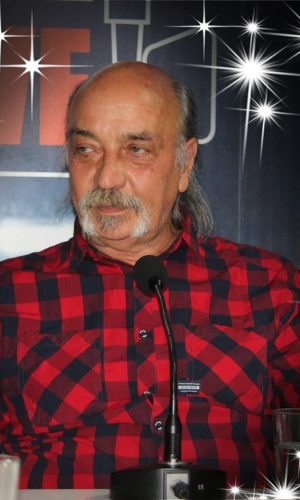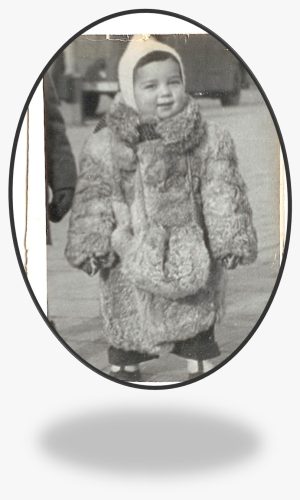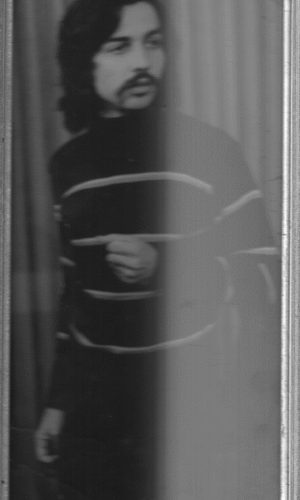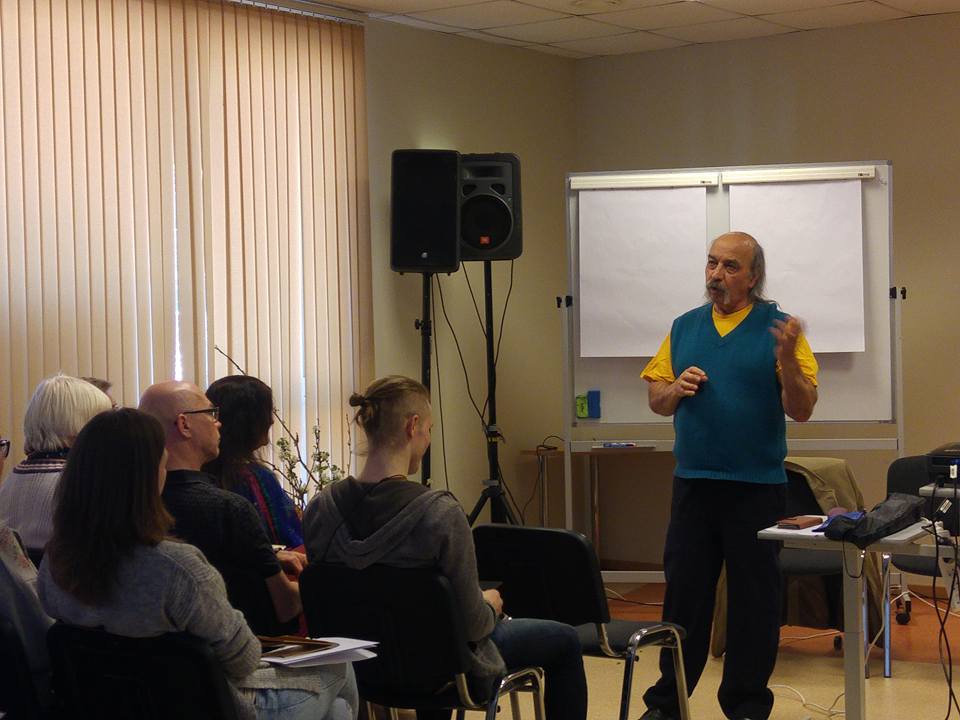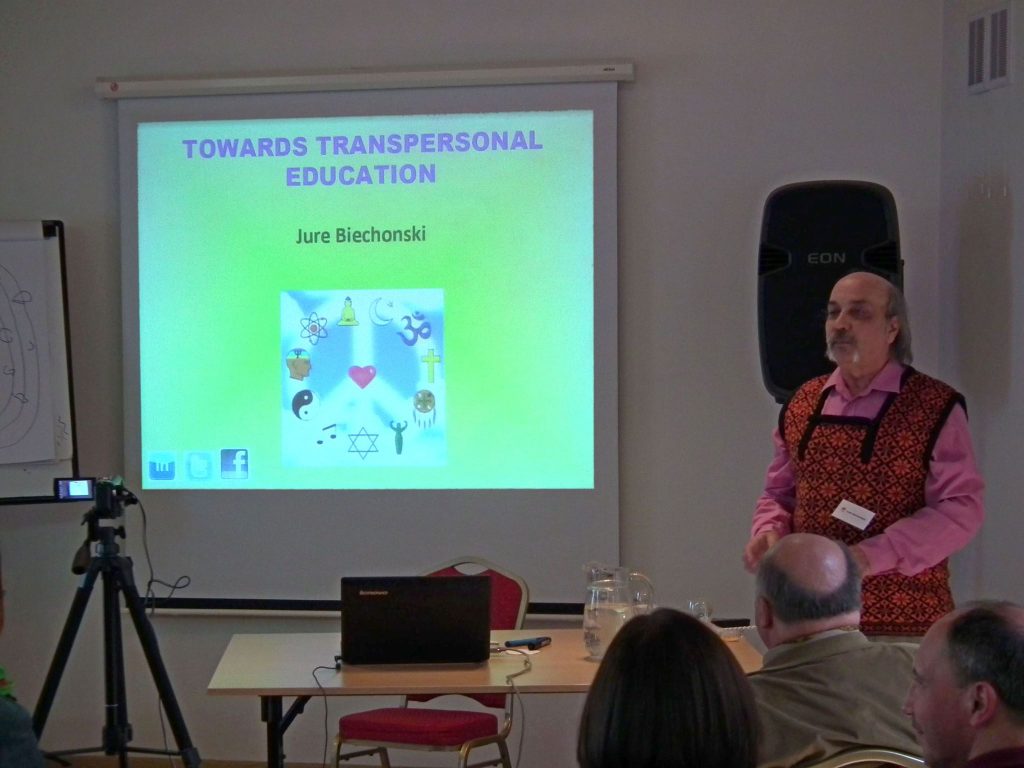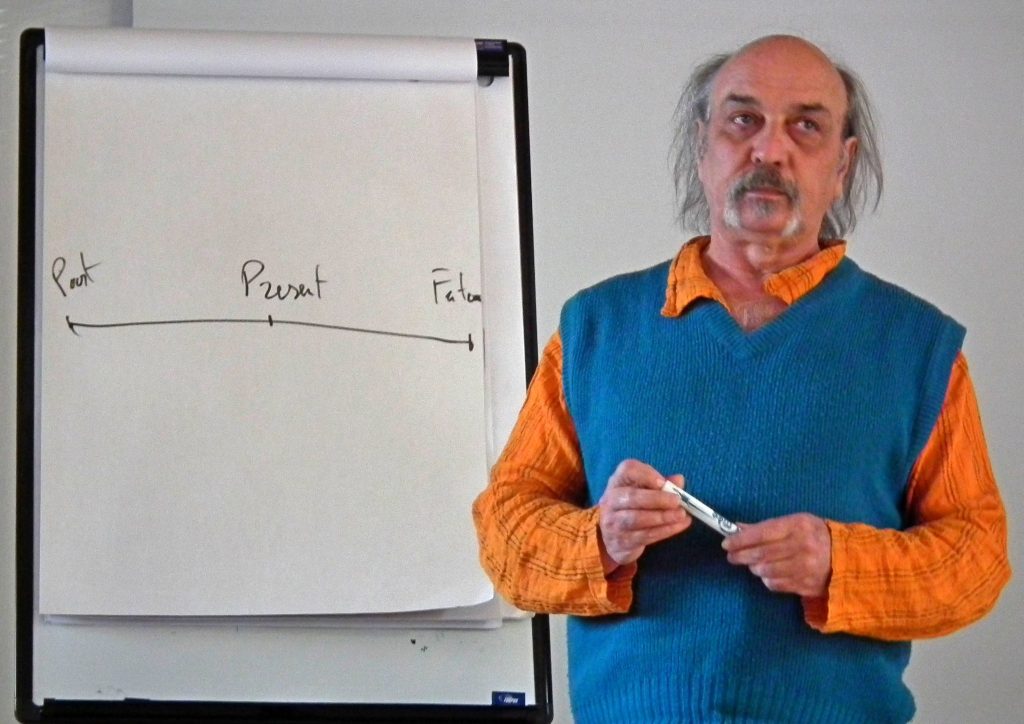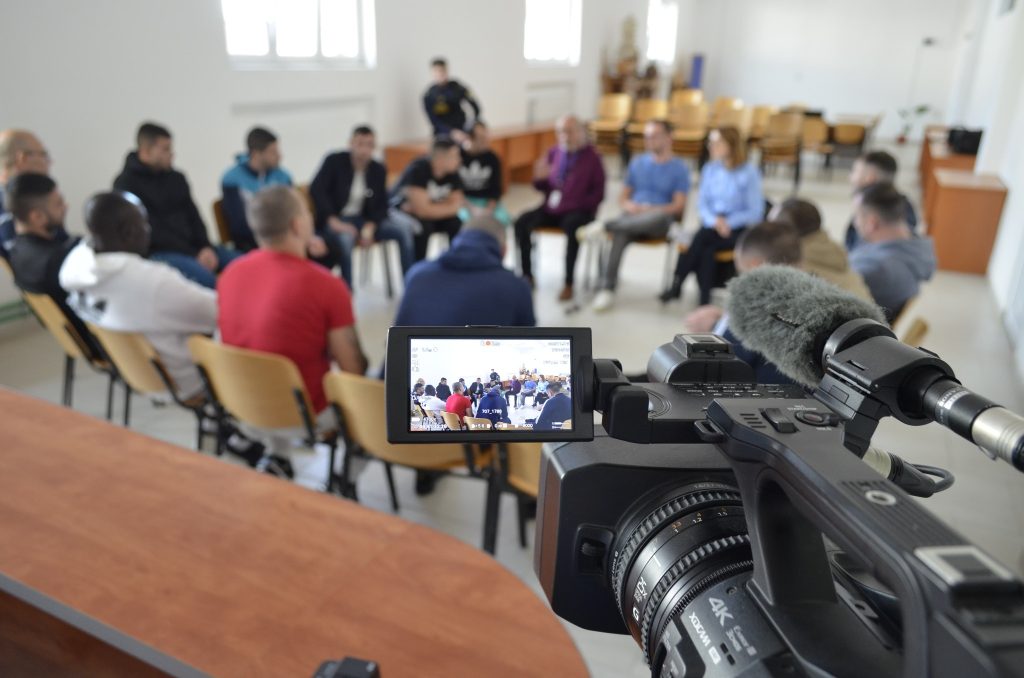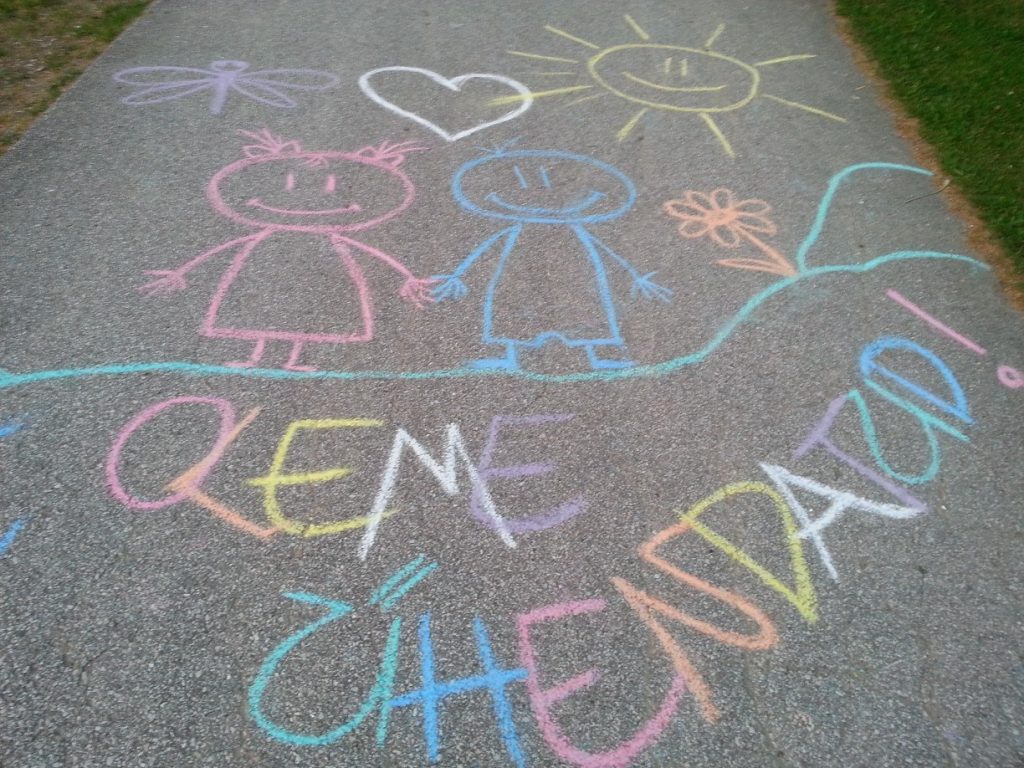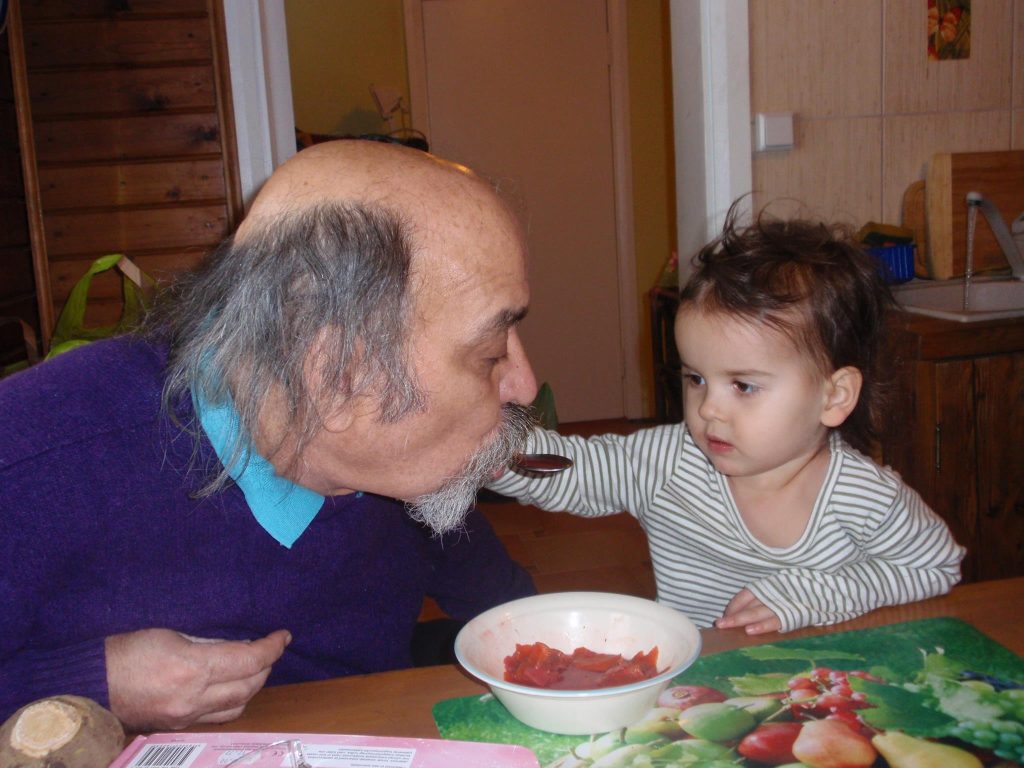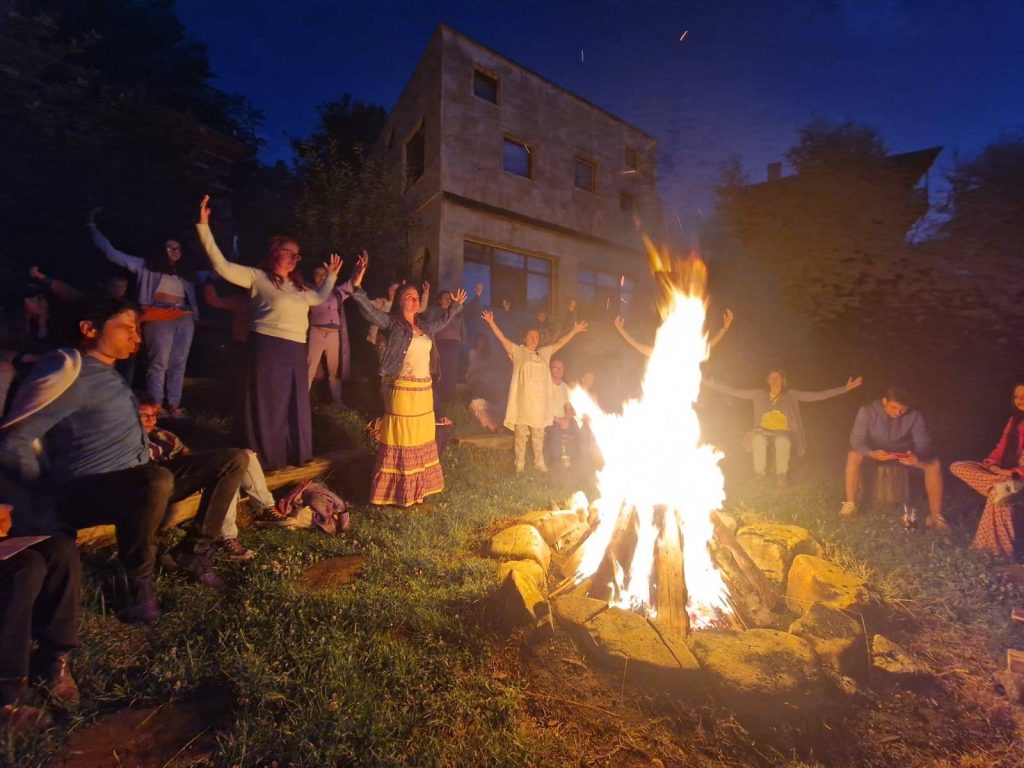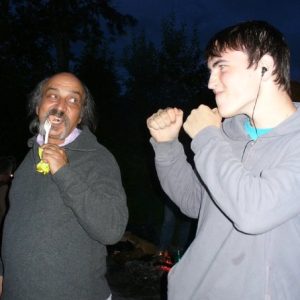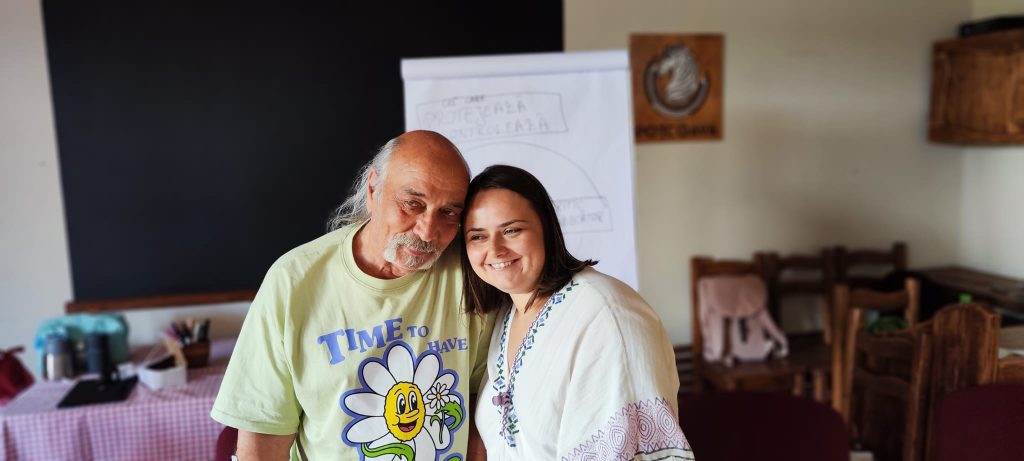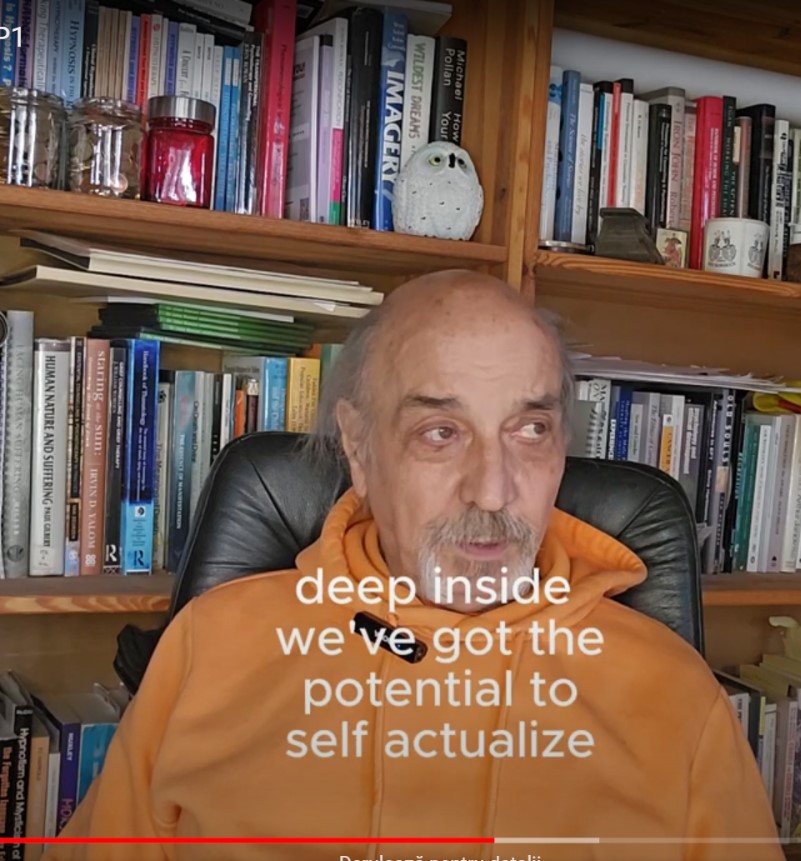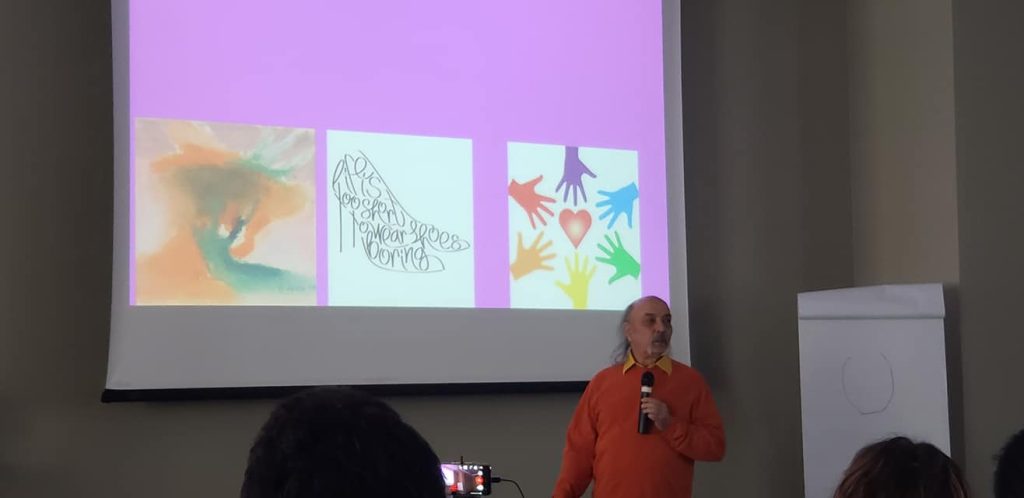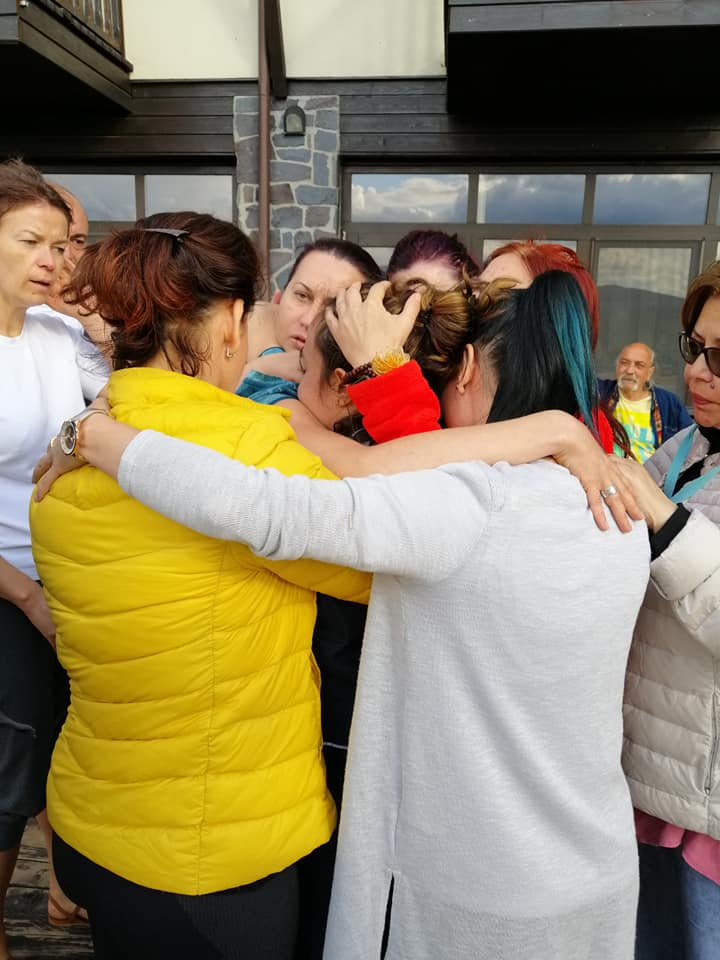Jure’s career trajectory is as fascinating as it is inspiring. Starting off as a history teacher, the profound dissatisfaction with the administrative roles in education led him to explore the world of theater and drama, eventually culminating in a distinguished career in psychotherapy.
His unique approach, blending psychodrama with traditional therapeutic methods, has established him as a forward-thinking practitioner in the field.
In the world of psychotherapy, Jure stands out not just for his credentials but for the profoundly personal journey and revolutionary approaches that define his practice. His story is a testament to the power of transformation, from the conventional confines of a history classroom to the dynamic, empathetic realms of psychotherapy.
His methods are not mere techniques; they are lifelines drawn from his own experiences and insights, fashioned into a therapy that breathes life into the often-rigid frameworks of mental health treatment.

